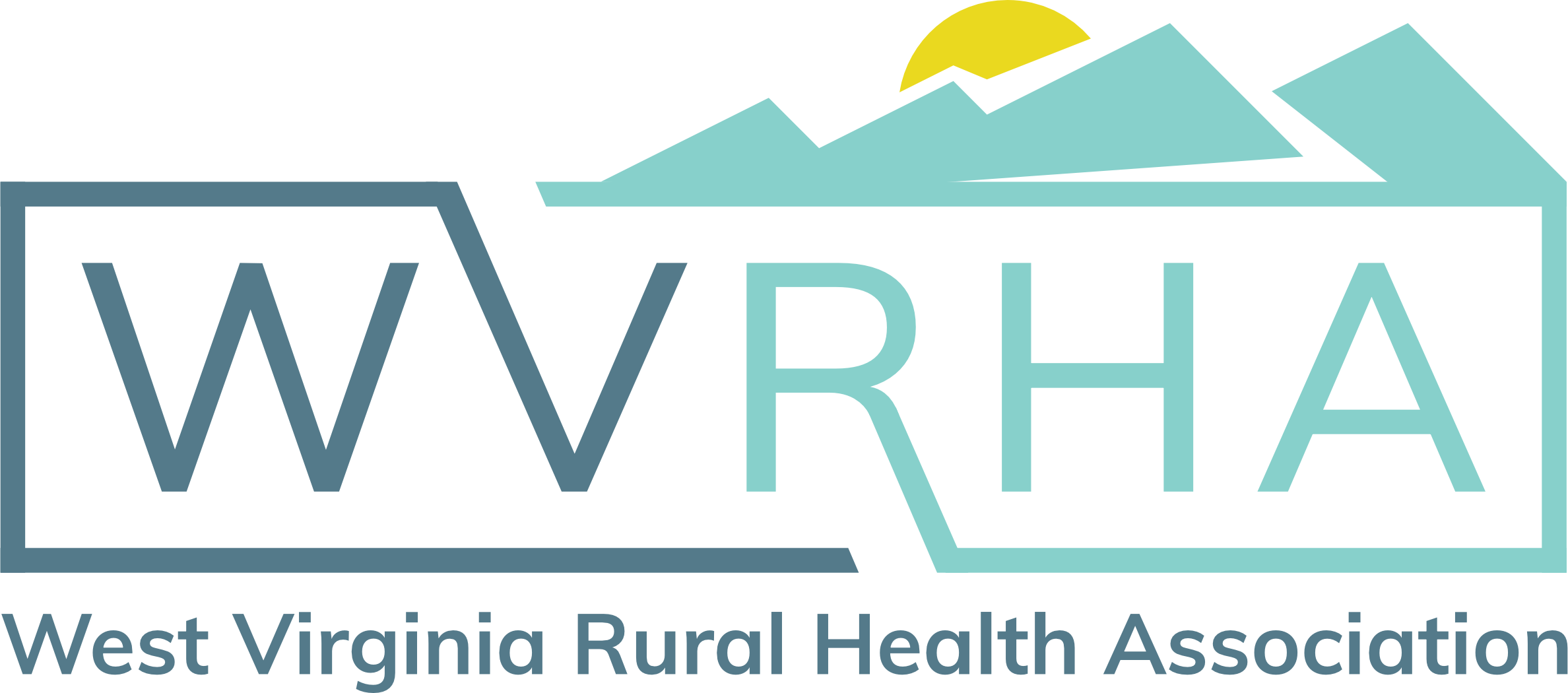
Healthcare Access in Rural Communities
Healthcare Access in Rural Communities

Access to healthcare services is critical to good health, yet rural residents face a variety of access barriers. A 1993 National Academies report, Access to Healthcare in America, defined access as “the timely use of personal health services to achieve the best possible health outcomes.” A 2014 RUPRI Health Panel report on rural healthcare access summarizes additional definitions of access with examples of measures that can be used to determine access.
Ideally, residents should be able to conveniently and confidently access services such as primary care, dental care, behavioral health, emergency care, and public health services. In 2012, Healthy People 2020 identified that access to healthcare is important for:
- Overall physical, social, and mental health status
- Disease prevention
- Detection, diagnosis, and treatment of illness
- Quality of life
- Avoiding preventable deaths
- Life expectancy
Rural residents often encounter barriers to healthcare that limit their ability to obtain the care they need. Access to healthcare implies that healthcare services are available and obtainable in a timely manner. Yet rural residents often encounter barriers to healthcare access. Even when an adequate supply of healthcare services exists in the community, there are other factors that may impede healthcare access. For instance, to have healthcare access, rural residents must also have:
- Financial means to pay for services, such as health or dental insurance that is accepted by the provider
- Means to reach and use services, such as transportation to services that may be located at a distance, and the ability to take paid time off of work to use such services
- Confidence in their ability to communicate with healthcare providers, particularly if the patient is not fluent in English or has limited health literacy
- Trust that they can use services without compromising privacy
- Confidence that they will receive quality care
This guide provides an overview of healthcare access in rural America, including discussion of the importance and benefits of healthcare access and the barriers that rural residents experience. The guide includes information regarding:
- Barriers to care, including workforce shortages, health insurance status, transportation issues, health literacy, and stigma in rural communities
- Access issues for specific populations and healthcare services
- Strategies and resources to improve access

